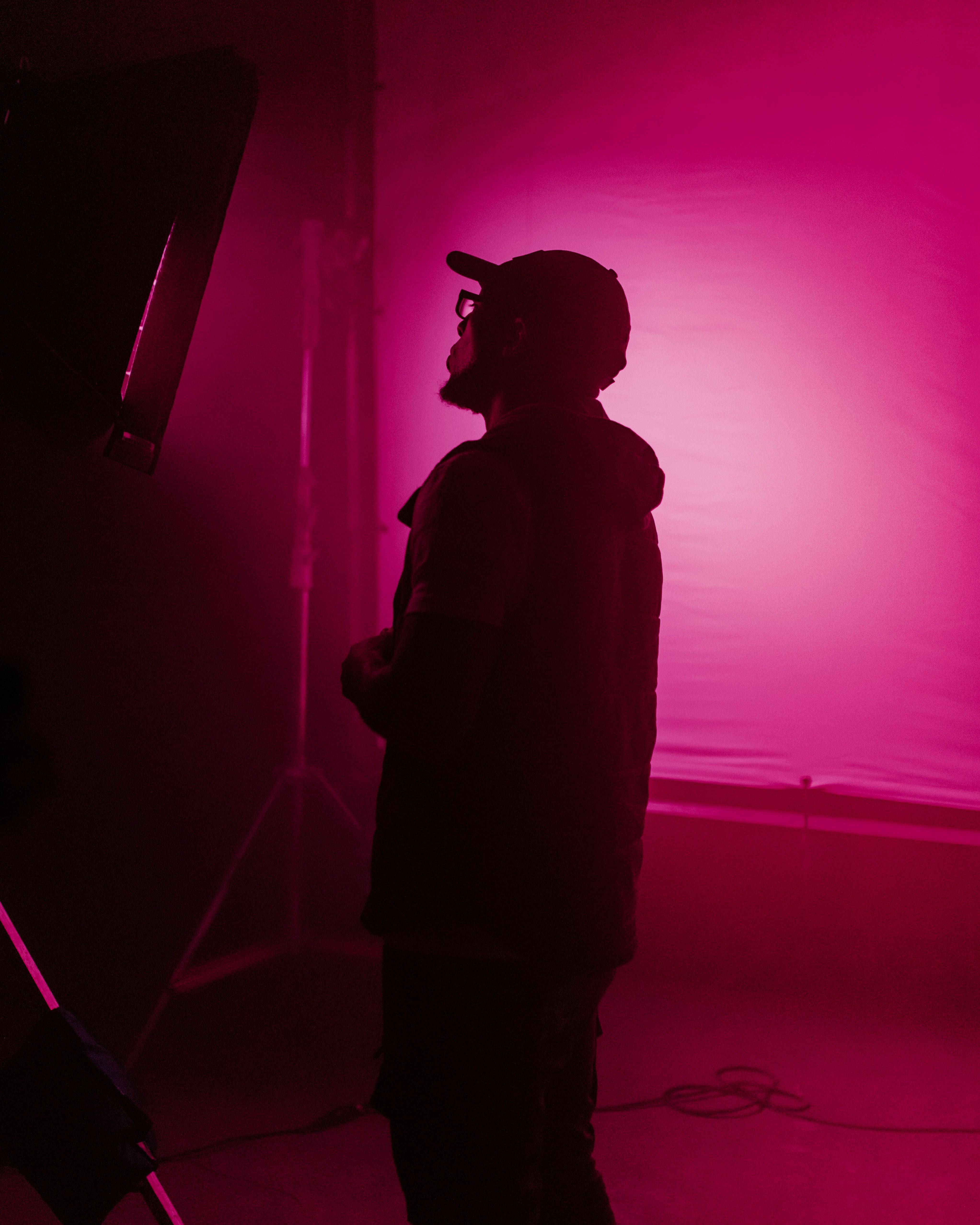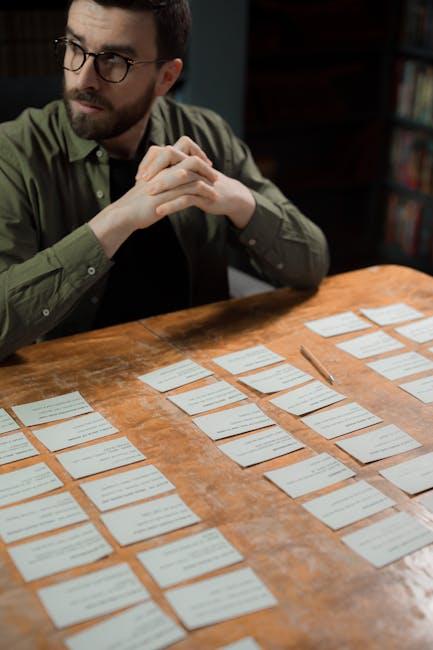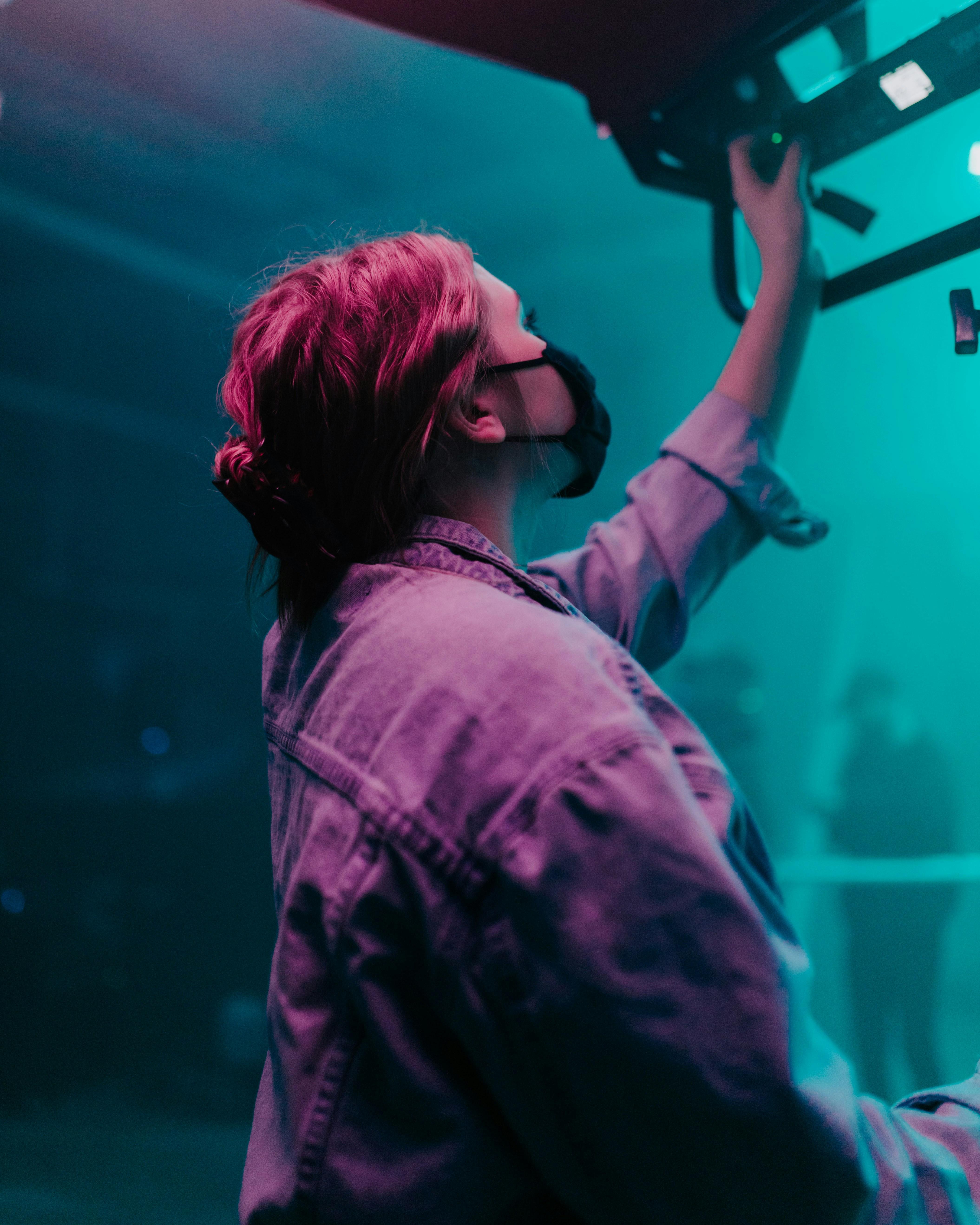In the world of storytelling, where imagination breathes life into words, storyboarding stands as the unsung hero, quietly orchestrating the symphony of scenes that captivate audiences. As a visual roadmap, storyboarding bridges the gap between fleeting ideas and tangible narratives, offering creators a canvas to sketch their visions before they unfold on screen. This intricate art form, often nestled behind the scenes, holds the power to transform abstract concepts into vivid, coherent sequences. Join us as we delve into the fascinating realm of storyboarding, exploring how this essential tool shapes the storytelling landscape, one frame at a time.
Crafting the Narrative Blueprint: Key Elements of Effective Storyboarding
At the heart of any compelling storyboard lies a carefully crafted narrative blueprint. This framework serves as the guiding force, ensuring that each visual element aligns with the story’s overarching themes and emotional beats. Key elements to focus on include:
- Character Arcs: Visualize how characters evolve, ensuring that their journeys are reflected in the storyboard. Consider their emotional states and pivotal moments that drive the narrative forward.
- Scene Composition: Craft each scene with intention, focusing on elements like perspective, lighting, and framing to convey the desired mood and tone.
- Transitions: Seamlessly connect scenes to maintain narrative flow. Whether through match cuts or fades, transitions should enhance the storytelling experience.
- Symbolism: Infuse visuals with symbolic meaning to add depth and layers, inviting viewers to engage with the story on a more profound level.
By meticulously planning these components, storyboards become powerful tools that bring the narrative to life, transforming abstract ideas into vivid, engaging scenes.

Bringing Ideas to Life: Techniques for Dynamic Scene Visualization
Crafting a compelling storyboard is akin to breathing life into the written word, transforming abstract ideas into tangible visual sequences. This process requires a blend of creativity and technique to ensure that each scene resonates with the intended narrative. One effective method is to employ thumbnail sketches, which allow creators to rapidly explore various compositions and perspectives without the pressure of perfection. These small, quick drawings serve as a sandbox for experimentation, offering a playground for the imagination.
Another powerful approach involves utilizing color palettes to convey mood and emotion within a scene. By associating specific hues with particular feelings or themes, storytellers can subtly guide the audience’s emotional journey. Consider also the use of lighting and shadow to add depth and dimension, creating a dynamic interplay that enhances storytelling. To ensure coherence, it’s crucial to maintain a consistent style, whether through hand-drawn sketches or digital tools, providing a seamless transition from one frame to the next. Embrace these techniques to transform your storyboard into a vivid tapestry of visual storytelling.

From Concept to Canvas: Tools and Tips for Aspiring Storyboard Artists
Bringing a story to life visually requires more than just artistic talent—it demands the right tools and techniques. For those stepping into the world of storyboarding, selecting the appropriate equipment is crucial. Digital tablets like Wacom and iPad Pro, paired with software such as Adobe Photoshop or Storyboard Pro, offer versatility and ease of editing. Meanwhile, traditionalists might prefer pencil and paper, valuing the tactile feedback and organic feel they provide.
When translating a concept into a storyboard, focus on clarity and flow. Consider these tips:
- Start with thumbnails: Small sketches help in planning the scene’s composition and sequence.
- Use simple shapes: Keep initial drawings basic to emphasize the scene’s layout and action.
- Emphasize key frames: Highlight pivotal moments to ensure the story’s progression is clear.
- Pay attention to camera angles: They can dramatically affect the scene’s mood and perspective.

Enhancing Storytelling: The Role of Perspective and Composition
In the intricate tapestry of storyboarding, perspective and composition serve as the threads that weave together the narrative fabric. The choice of perspective—be it a close-up that captures the nuanced emotion of a character or a wide-angle shot that reveals the grandeur of a setting—can dramatically alter the viewer’s connection to the story. Composition, on the other hand, is the deliberate arrangement of visual elements within a frame, guiding the audience’s eye and subtly influencing their interpretation.
- Dynamic Angles: Utilizing high or low angles can convey power dynamics, making characters appear dominant or vulnerable.
- Rule of Thirds: Placing key elements along the grid lines can create balanced and engaging compositions.
- Leading Lines: Natural lines within the scene can direct attention and enhance narrative flow.
By thoughtfully considering these elements, storyboard artists can craft scenes that not only tell a story but also evoke a profound emotional response, setting the stage for the unfolding visual narrative.

